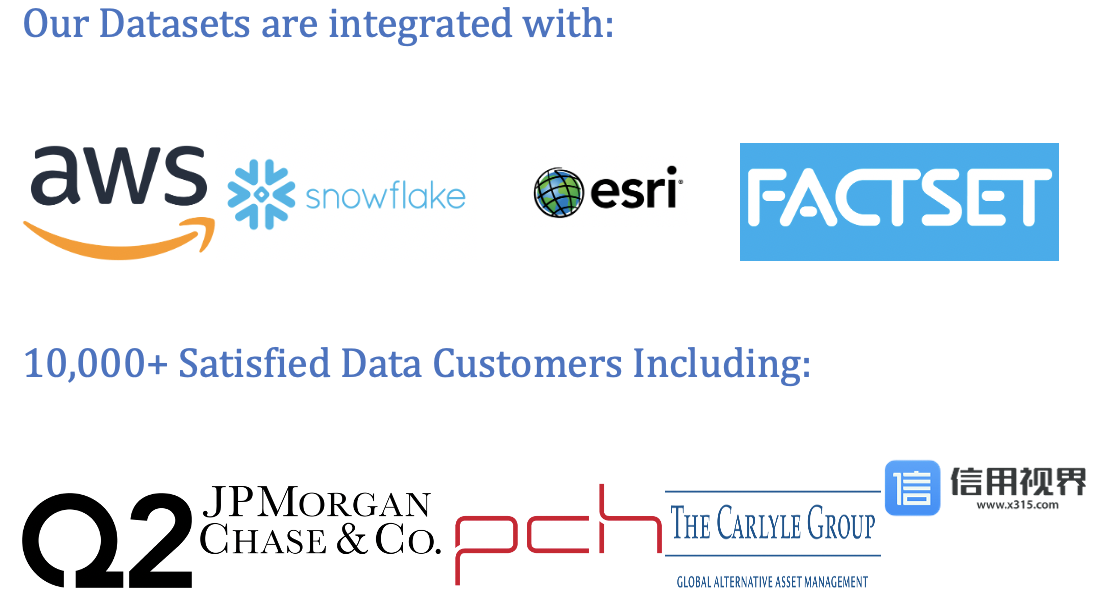
Top Wind Power Data Providers
Understanding Wind Power Data
Wind power data is collected through meteorological sensors, weather stations, satellite imagery, and other remote sensing technologies deployed at wind farm sites and across meteorological networks. This data provides insights into the availability, variability, and predictability of wind resources, allowing stakeholders to make informed decisions regarding site selection, turbine placement, and energy production forecasts. Additionally, advanced analytics techniques are applied to wind power data to optimize turbine performance, maximize energy output, and minimize operational costs.
Components of Wind Power Data
Key components of wind power data include:
- Wind Speed: Measurements of wind velocity at various heights above the ground, typically recorded in meters per second (m/s) or kilometers per hour (km/h). Wind speed data helps assess the energy potential of a site and determine the optimal turbine design and placement.
- Wind Direction: Information about the prevailing wind direction and variability over time, essential for aligning turbines to capture the maximum wind energy and minimize turbulence-induced stress on turbine components.
- Turbulence Intensity: Quantification of fluctuations in wind speed and direction, expressed as a percentage of the mean wind speed. Turbulence intensity data influences turbine design, load calculations, and operational strategies to ensure safe and reliable operation.
- Air Density: Measurement of the density of the air, which affects the power output of wind turbines. Air density data helps estimate energy production and assess the performance of wind farms under different atmospheric conditions.
- Temperature and Humidity: Information about ambient temperature and humidity levels, which impact air density, turbine efficiency, and component lifespan. Temperature and humidity data are crucial for accurate energy production forecasts and asset management.
Top Wind Power Data Providers
- Leadniaga : Leadniaga offers comprehensive solutions for collecting, analyzing, and visualizing wind power data, providing real-time updates, historical data, and advanced analytics tools for optimizing wind energy projects and maximizing energy production.
- Vaisala: Vaisala offers meteorological instruments and data services for monitoring wind resources, providing accurate and reliable wind data for site assessment, resource modeling, and energy yield prediction.
- WindLogics: WindLogics specializes in wind resource assessment and forecasting services, utilizing advanced modeling techniques and proprietary algorithms to analyze wind data and optimize wind farm performance.
- DNV GL: DNV GL provides independent testing, certification, and advisory services for the renewable energy industry, including wind resource assessment, site suitability analysis, and performance optimization of wind turbines and wind farms.
- The Weather Company: The Weather Company, an IBM Business, offers weather data and forecasting services tailored for the renewable energy sector, providing insights into weather patterns, extreme events, and climate trends that impact wind energy production.
Importance of Wind Power Data
Wind power data plays a critical role in the following aspects:
- Resource Assessment: Wind power data enables accurate assessment of wind resources at potential project sites, facilitating informed decisions regarding project feasibility, design, and financing.
- Energy Production Forecasting: Wind power data is used to develop energy production forecasts, helping operators optimize energy scheduling, grid integration, and revenue generation from wind energy assets.
- Performance Monitoring: Wind power data allows operators to monitor the performance of wind turbines and wind farms in real time, identifying deviations from expected behavior and implementing corrective actions to maximize energy yield and minimize downtime.
- Risk Management: Wind power data supports risk management activities by identifying potential risks and uncertainties associated with wind energy projects, such as wind variability, extreme weather events, and operational challenges.
Applications of Wind Power Data
Wind power data is utilized in various applications and use cases, including:
- Site Selection: Wind power data informs site selection processes by identifying locations with favorable wind conditions and minimal environmental constraints for developing new wind energy projects.
- Project Development: Wind power data guides the development of wind energy projects from initial feasibility studies and permitting processes to detailed design, construction, and commissioning phases.
- Operations and Maintenance: Wind power data facilitates proactive maintenance and asset management strategies by providing insights into turbine performance, degradation trends, and maintenance requirements to optimize operational efficiency and extend asset lifespan.
- Grid Integration: Wind power data supports the integration of wind energy into the electricity grid by providing grid operators with real-time information on wind power generation, variability, and ramp rates to ensure grid stability and reliability.
Conclusion
In conclusion, wind power data is a valuable resource for stakeholders in the renewable energy sector, providing insights into wind resources, energy production, and operational performance of wind energy projects. With Leadniaga and other leading providers offering access to comprehensive wind power data and analytics solutions, stakeholders can leverage data-driven insights to optimize project development, maximize energy production, and mitigate risks associated with wind energy investments. By harnessing the power of wind power data effectively, organizations can accelerate the transition to a sustainable energy future and achieve their environmental and economic objectives with confidence and success.
Our Datasets are integrated with :



10,000+ Satisfied Data Customers including :








